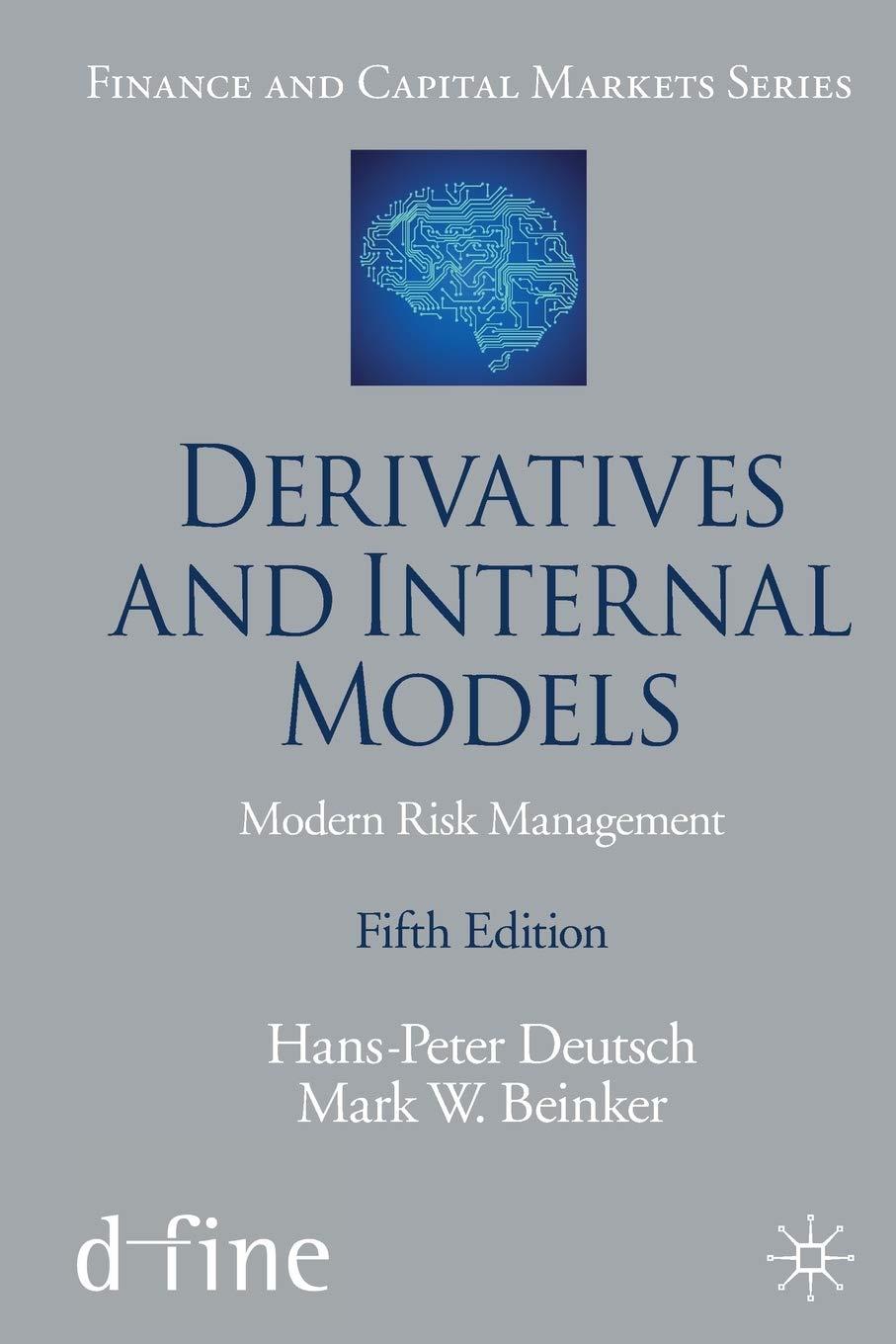Question
1. How can a bank create a synthetic 30-day forward rate agreement on a 90-day interest rate? A. Borrow for 90-days and lend the proceeds
1. How can a bank create a synthetic 30-day forward rate agreement on a 90-day interest rate?
A. Borrow for 90-days and lend the proceeds for 30 days.
B. Borrow for 90 days and lend the proceeds for 60 days.
C. Borrow for 120 days and lend the proceeds for 30 days.
2. A put option is in-the-money when:
A. The stock price is equal to the exercise price of the option.
B. The stock price is lower than the exercise price of the option.
C. The stock price is higher than the exercise price of the option.
3. At expiration, the exercise value of a call option:
A. Is positive if the underlying asset price is greater than the exercise price.
B. Is zero only if the underlying asset price is equal to the exercise price.
C. Is negative if the underlying asset price is less than the exercise price.
4. For stock options, which of the following will decrease put option value and increase call option values?
A. An increase in the exercise price.
B. An increase in the riskless rate of interest.
C. An unexpected dividend payment on the stock.
Step by Step Solution
There are 3 Steps involved in it
Step: 1

Get Instant Access to Expert-Tailored Solutions
See step-by-step solutions with expert insights and AI powered tools for academic success
Step: 2

Step: 3

Ace Your Homework with AI
Get the answers you need in no time with our AI-driven, step-by-step assistance
Get Started


